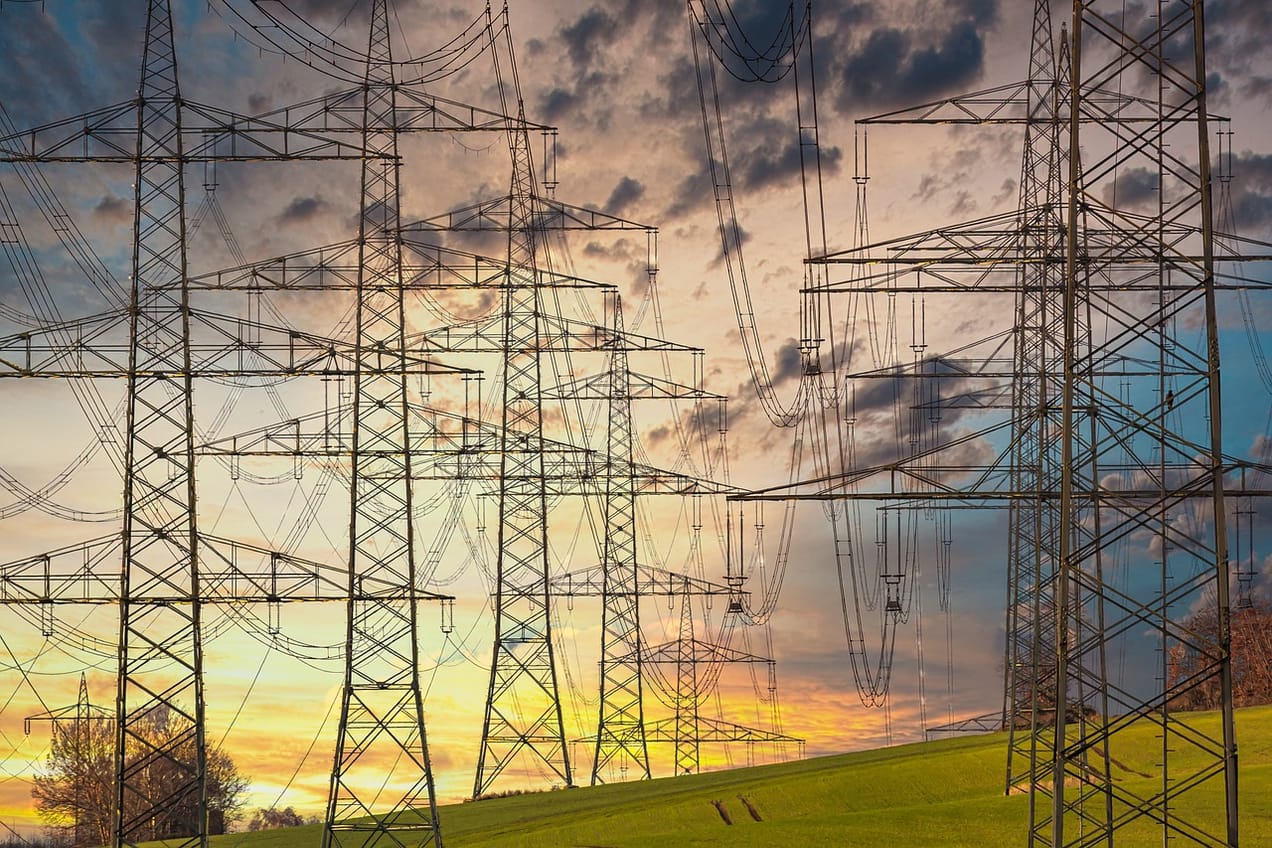
Sunday Brunch: the binary chasm
Hydrogen is good.
Hydrogen economy
is good for all things.
Hydrogen is bad.
Dangerous. Inefficient.
It's bad for all things.
H2aiku.
Back in February Steven wrote a Deep Dive highlighting how the ESG and sustainability debate has been oversimplified to the point where organisations have inadvertently over-promised and under-delivered 👇🏾

Both Steven and I have spent much of our careers trying to make the complex real world simpler and more understandable.
In Steven's case it was first in earthquake engineering and then in the finance world trying to reduce complicated investment cases down to the few really important things that we needed to understand.
At Morgan Stanley as a sector specialist covering the global media and technology sectors, and then later running a quantitative team, I had to convey sometimes complex topics in a clear and concise way such that my clients (both internal and external) understood the topic just enough to make decisions appropriate for their role.
It's been drummed into all of us over the years that simple is best, that it helps people understand what it is you are trying to get across. Hence the frequent requirement that the pitch has to 'fit on one page', the 'three bullet point' rule, and the 'can you explain the investment case in under 1 minute?' axiom in finance.
We still think that is true but even so find ourselves saying that we need to make things a bit more complicated. Why?
Arguments have become binary.
This seems to be especially true in sustainability. You either have this viewpoint or that viewpoint. You either think X is good or X is bad. You are my friend or my enemy. How have we ended up here?
Here are my three bullet points:
- There is more content than individuals can manage - we're gonna need more Tom Cruises.
- Attention spans have been forced increasingly shorter - the squeeze from the 'digital printing press'.
- Nuance has been discarded in favour of absolutes - the binary chasm.
Let's start with the inexorable growth in content generation.
If you are not yet a member, to read this and all of our blogs in full...

We're gonna need more Tom Cruises
We all know that modern technology has enabled us to create vast amounts of content. But just how much? I own an iPhone 12 mini with 64GB memory.
How many of my phones do you think you would need to store all of the content produced on average globally in just one day?
Would you believe it’s 4 billion. 4 billion of my iPhones to store the content produced in just one day.
If you stacked those phones flat against each other like books on a book shelf, they would stretch 29,715 km. That is far enough to go from London to Auckland to Hong Kong to Seoul and still have more than 160 km to spare.
At the time of writing I am looking forward to seeing the latest Mission Impossible film (I am a fan of the franchise) at the cinema staring Tom Cruise. He is reportedly 1.72 metres tall. So you would need almost 17.5 million Tom Cruises lying head-to-toe to complete the same journey. That's a Netherlands worth of Tom Cruises!
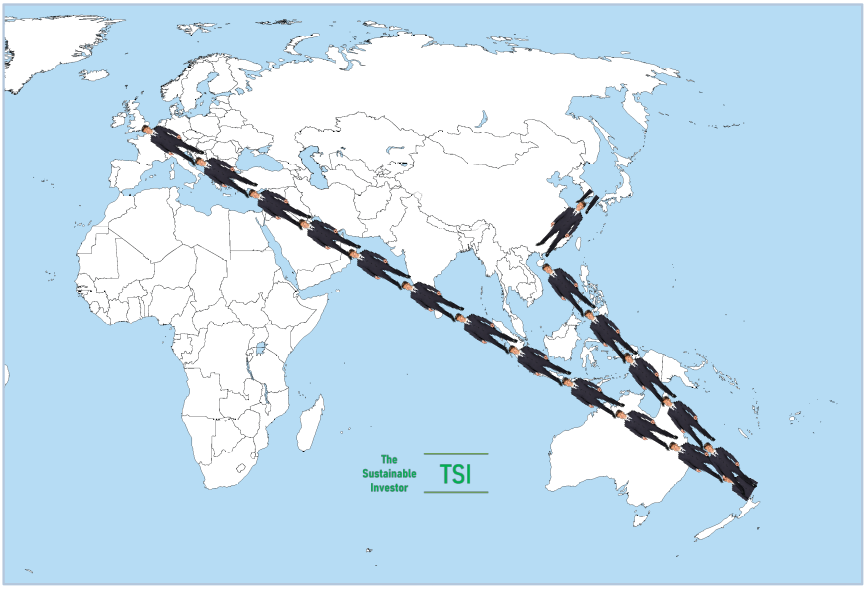
OK so I like to visualise things. Sometime I go too far.
For the mathematicians, the amount of data produced on average per day in 2022 was 257 exabytes or 2.57 x 1020 bytes.
And it is growing.
Disciplines and thinking have become quite siloed, in many ways the antithesis of what happened in the renaissance where art and science were regularly combined to arrive at a solution. The polymath or someone who's knowledge covers many different disciplines has become rare as to be truly non-existent - a Leonardo di ser Piero da Vinci is unlikely to exist today.
There's clearly too much content for people to be able to manage and follow everything they need to follow. So they don't. The rely heavily on summaries from others. And they assume that everything they read is correct.
The squeeze from the digital 'printing press'
Before the printing press, books were largely produced in Latin by scribes in monasteries and so not that readily available. In around 1439 everything changed when Johannes Gutenberg brought together a number of ancient technologies from 9th century China and further developments in 13th century Korea through to the Mongol empire to devise a device for mass-producing printed books - the printing press.
Now you could make many more books than could ever have been made by hand. So ideas could be shared and accepted by many more people and that meant broader collaboration between academics and practitioners.
It is no understatement to say that this invention enabled the renaissance, the scientific revolution and the Age of Enlightenment.
The Internet and social media are the modern printing press, enabling information sharing and collaboration on a huge scale. However, to achieve that scale, content has become bite sized – 60 second Instagram Reels, 3-minute TikTok videos, 280-character tweets.
The impact of that has been that people have to get to the conclusion rather than a conclusion at lightspeed. With limited space, only arguments supporting that conclusion are presented and are frequently simplified resulting in a vehement presentation of absolutes. My way or the highway. It's become binary.


(Johannes Guttenberg image by GDJ on Pixabay; Social media icons by Alexander Shatov on Unsplash)
The binary chasm
There is a balance between the fiendishly complex and the devilishly simple.
In financial modelling one needs to create a model that mirrors the mechanics of the security (e.g. share) being modelled enough to make useful decisions. Too complex and it takes too long to build and costs too much - people sometimes confuse the words 'model' and 'facsimile'. If it is too simple the resulting decisions could be the wrong ones in the long term.
The right balance between the fiendishly complex understanding of a topic and the devilishly simple high level understanding of a topic provides an overlap that is the zone of practical understanding.
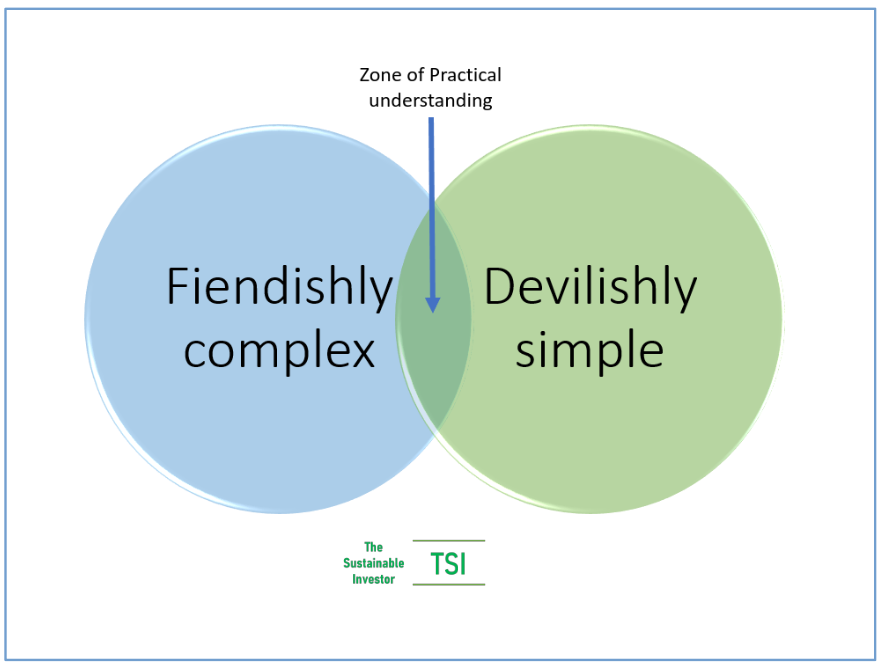
Depending on the topic that zone could be further to the right or left depending often on how technical the topic is. For example, understanding how to transition a chemical flow process to a lower harmful emissions one requires a high degree of technical engineering understanding and so the zone of practical understanding needs the overlap to be further to the left.
However, the combination of the overabundance of content and the squeezing of attention spans into sound bites (the death of nuance) has, in some cases, resulted in the dismissal of nuance in arguments. The overlap gets flattened and stretched and polarised into distinct and absolute viewpoints. There is seemingly no common ground.
A binary chasm has been created.
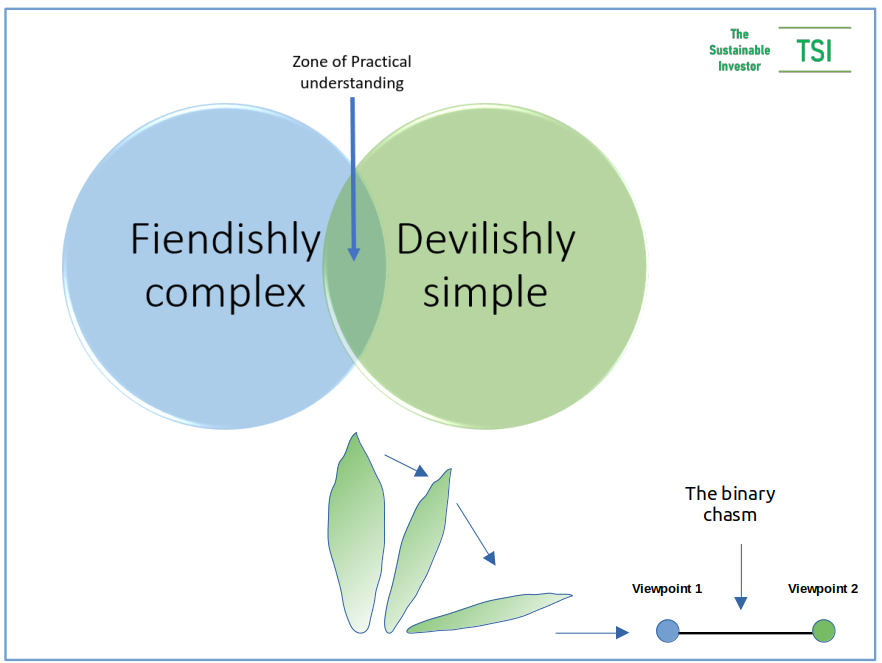
Back to our H2aiku
In the case of something like hydrogen, it is not good or bad. It is more useful in some cases than others. Indeed we need hydrogen for a number of important chemical processes for example. Around 43% of current hydrogen production (which is almost completely from fossil fuel sources) is used to produce ammonia and more than 80% of ammonia production is used to produce fertilisers. If we can decarbonise the hydrogen going in there then great!
However it is not so useful for other purposes. For example home heating - the UK energy secretary is poised to drop plans to replace home gas boilers with hydrogen alternatives.
Check this out:
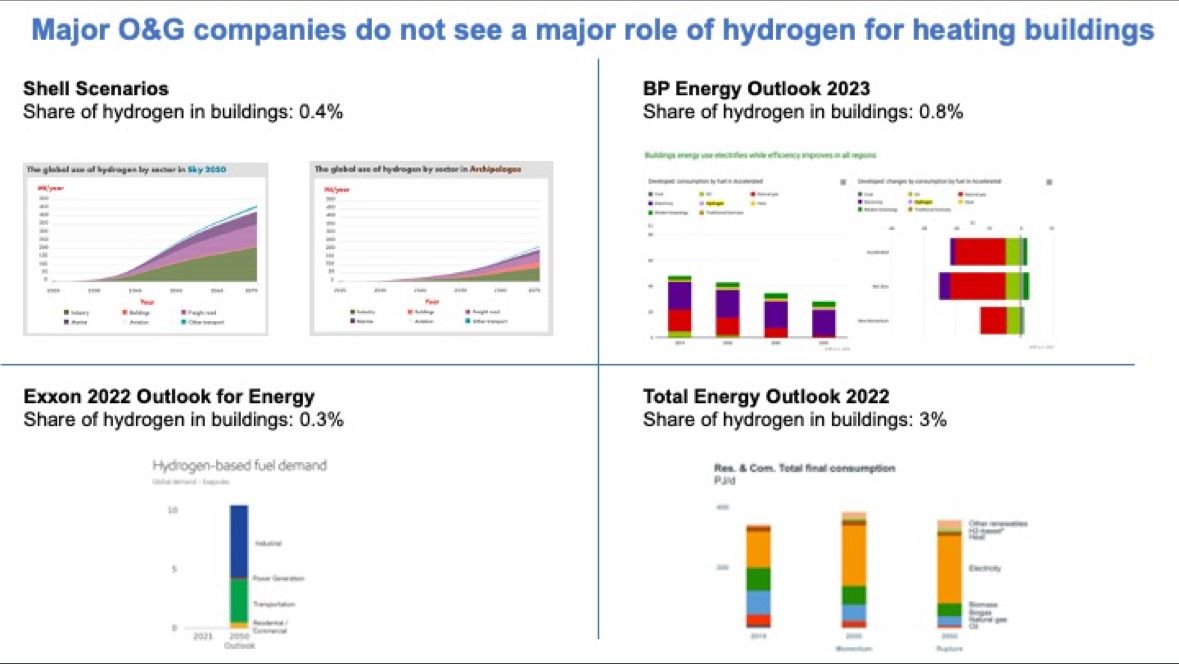
So a more appropriate h2aiku may be:
Hydrogen is sui-
-table in certain use ca-
-ses but not every.
But that just doesn't work on TikTok as well.
Our aim at The Sustainable Investor is to get the balance between the complex and the simple appropriate for the topic being discussed to enable you to have expert conversations and ultimate make practical decisions.
Something a little more bespoke?
Get in touch if there is a particular topic you would like us to write on. Just for you.
Contact us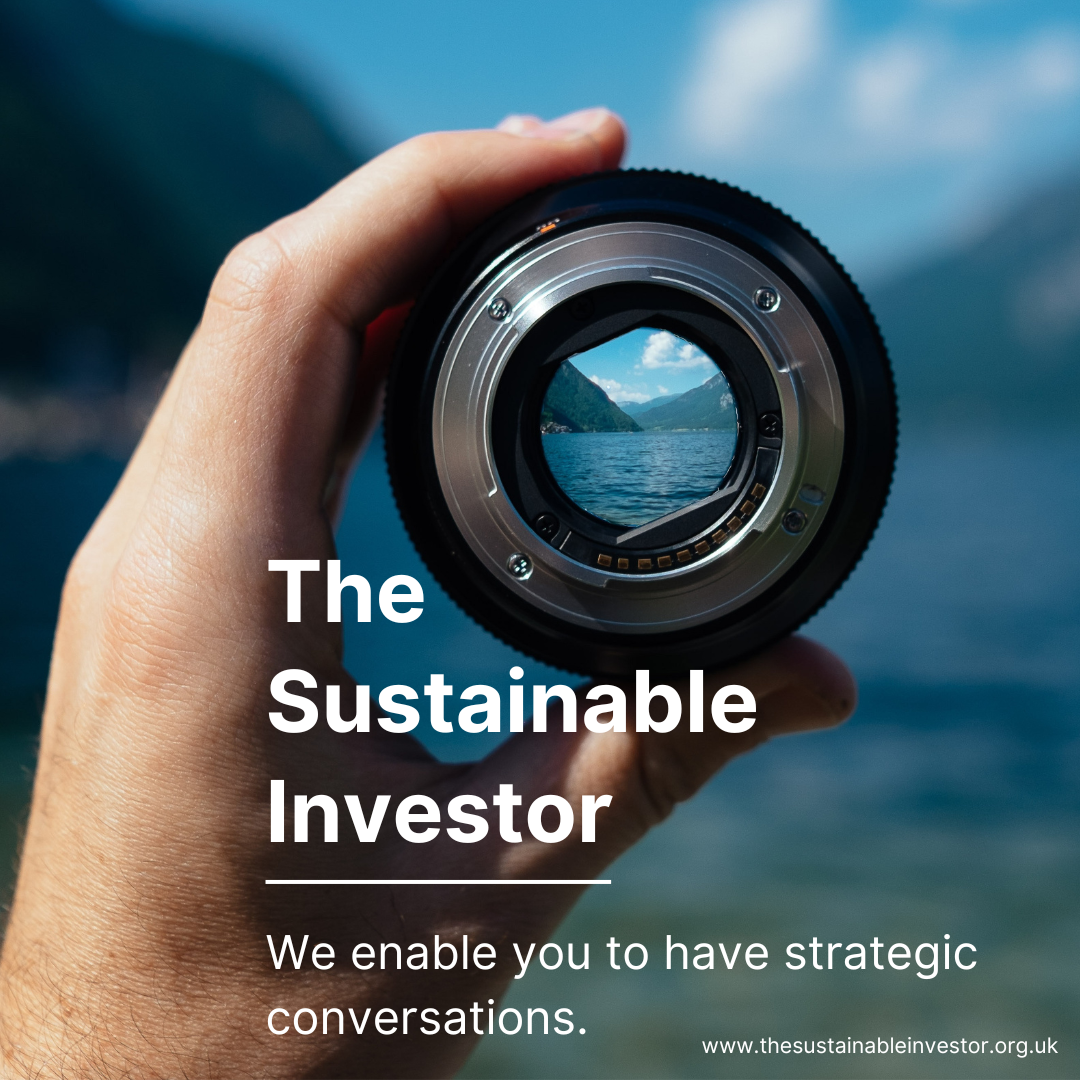
Please read: important legal stuff.


